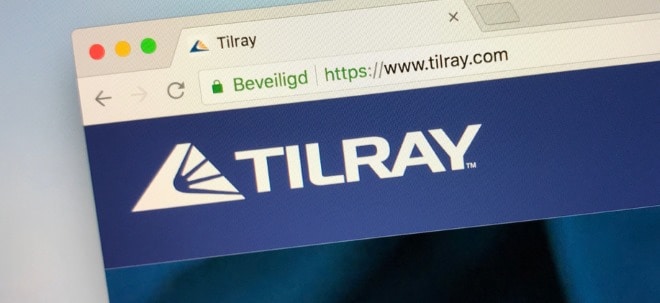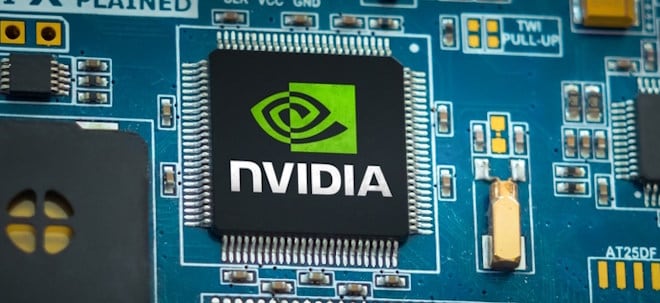der Börsengang von Metastorm, die bereits Mitte Mai ein S1-Filing über den IPO an die SEC geschickt haben, aber wegen der Börsenflaute in den letzten Wochen noch gewartet haben, wie alle IPO-Kandidaten. Wenn das losgeht ist schwer vorauszusagen, zumal Metastorm den IPO wie vielleicht der eine oder andere IPO-Kandidat nicht dringend braucht, da man organisches Wachstum locker aus dem Cash Flow bezahlen kann und nur bei größeren Zukäufen Geld von außen benötigen würde - und da hätte man zudem noch Internet Capital und die anderen beteiligten Wagnisfinanzierer.
Understanding Metastorm's IPO as an Investment Opportunity
by: Dennis Byron posted on: July 24, 2008 | about stocks: IBM / ICGE / MSFT / MSTM Font Size: PrintEmail As I wrote recently concerning the leaders in the business process management [BPM] software market:
"I see IBM (IBM) and Fujitsu (FJTSY.PK) number one and two worldwide in BPM.... Other suppliers that are likely to have similar market share (to Software AG). ..include Oracle/BEA (ORCL), Microsoft (MSFT), TIBCO (TIBX), AT&T/Sterling Commerce (ATT), Autonomy [LSE:AU], SAP (SAP), ACI Worldwide (ACIW) and Sun (JAVA)... others including Metastorm (on the shelf as (MSTM)) are trying to work their way on to the leaderboard.
"Many--including the smaller suppliers--offer multiple BPM-related products because of acquisitions made over the last 36 months so a more useful ranking to determine market acceptance would be by product rather than vendor. Consider IBM with everything from Filenet to Notes or Oracle with everything from Fuego to the Plumtree portal to the Collaxa BPEL engine."
No current investment activity demonstrates the leader/chaser market share situation in BPM and the multiple brand through acquisition issue better than Metastorm, which filed its S-1 in May 2008. Naturally, MTSM is in no great rush to complete the offering, so I waited for a slow summer day to read its filings.
First the market share issue. BPM, for a variety of reasons, is different than most "emerging" software markets over the last two decades. In most other high flying software-market investment opportunities of the 1989-2008 timeframe, one company came out of a pack from a standing start, went public and then was acquired. There were two chances to cash in in almost all cases.
But BPM is different in that no startup has come out of the pack to go public. Metastorm is the first to try. Pegasystems (PEGA) had been public since its bank-automation application phase, Fuego and a host of others had already been acquired, and the other smaller companies including Metastorm (with the possible exception of Lombardi and Savvion) cannot really be considered startups. They all have other functionality or technology heritages... in workflow (Handysoft), imaging (Global 360), KM (Appian), and so forth.
MTSM is throwing down the gauntlet to the other small players thinking about an IPO by publicizing its revenue streams. Its major problem is that unlike Ariba (ARBA) in 1999, Siebel and i2 (ITWO) in 1996, Arbor in 1995, and PeopleSoft earlier, Metastorm is not bringing its shares public competing in an undefined software market against a few equally small software suppliers. Instead it is aiming right at the major software suppliers in the information technology [IT] market.
With about $48 million in 2007 software revenue, Metastorm trails the leading suppliers. In addition, the S-1 numbers are probably not backcast for 2006/2007 acquisitions (because that is not required under Generally Accepted Accounting Principles) so the growth rate is not quite as high as advertised. But Metastorm's growth still appears to outstrip the BPM market’s. Metastorm has a reasonable presence (30% of revenue) outside the United States, which is important given the current macroeconomic situation. Its products appear to be particularly popular in the government sector, which accounted for 26% of Metastorm’s business in 2007.
Another differentiator but possible sticking point is Metastorm's relationship to Microsoft. Most of its products are exclusive to or optimized for the Microsoft platform. That's good news unless Microsoft decides to more aggressively pursue this market opportunity.
As for the product acquisition trend, Metastorm is trying to redefine the already redefined BPM category as a market opportunity. Its S-1 says there is a unified market for enterprise architecture management [EAM], business process analysis [BPA] and BPM (as already redefined from workflow and integration middleware) in combination. I don't see it but even if I am wrong, such a redefinition is a tough challenge for a small player in a market and the challenge is compounded by the fact that all the major software-market players also offer products in all these categories. So even if Metastorm were successful in broadening the definition, its competitors are the same.
There is the further problem as discussed at my blog on IT Business Edge: the categories EAM, BPA and BPM actually do not cleanly fit together. Metastorm says:
"However, BPM software alone generally focuses on the automation, management and control of business processes and does not address all of the activities needed to improve processes. By itself, BPM software may not allow an organization to fully understand a given process and how it relates to the strategy, people, systems and data that the process impacts across an organization."
Although that might be true of some BPM products, it is certainly not the roadmap that all the leaders have laid out. Metastorm is no further down the road toward integrating these functions because it is also the amalgamation of acquisitions: heritage Metastorm was formed by the merger of Metastorm and the U.K.-based Sysgenics (in 1998), Commercequest (which is the result of the mergers of KMG, ANS, and others) and Metastorm in 2005, and the acquisition of Provision with its EAM and BPA offerings and Spotlight Data by Metastorm in 2007. It was Sysgenics that brought the eWork capability to the mix originally and well as the foothold in the EU. Understanding the revenue streams of these disparate products--and their relationships to their disparate competitors--is really the key to understanding the Metastorm IPO as an investment opportunity.
The wildcard issue with this IPO is Metastorm's ownership by Internet Capital Group (ICGE). Metastorm is not the typical IPO in that Metastorm itself is over 30% owned by ICGE, another public company. This raises the VMware (VMW)/EMC (EMC) conundrum I have discussed at Research 2.0 in an investment-opportunity environment--both marco and individually--that is probably not worth the time to figure out. But that is not to say that ICGE has the same kind of complete control over Metastorm that EMC has over VMware.
In summary, the Metastorm offering serves the purpose of legitimizing the market for those of you thinking about whether BPM is legitimately a separate software function worth investing in or just a part of the ERP suite (as I discussed here) or middleware investment opportunities. Other players not mentioned above that are nibbling around the edges of the opportunity include Adobe (ADBE), Axway/Cyclone/Tumbleweed (part of the Sopra Group listed on Bourse), BMC/Remedy (BMC), Cordys, DST Systems (DST), EMC/Documentum, GXS, IDS/Scheer, Intalio, Mega, Red Hat/JBoss (RHT), Ultimus, Vignette (VIGN), Vitria and W4/Akazi. Of course, most of these companies either do not report BPM as a separate business segment because it is still a minor part of their revenue under SEC (or equivalent) regulations. or they do not report their revenue at all because they are private companies.
NOTE: I do not recognize “pure-play” as a separate market research segment and don’t think you should consider pureplay as a feature when looking at BPM (or any other software market) investment opportunity. There is no reason why a company that only offers BPM should have a better BPM product than one that offers multiple types of software.
|


 Thread abonnieren
Thread abonnieren


